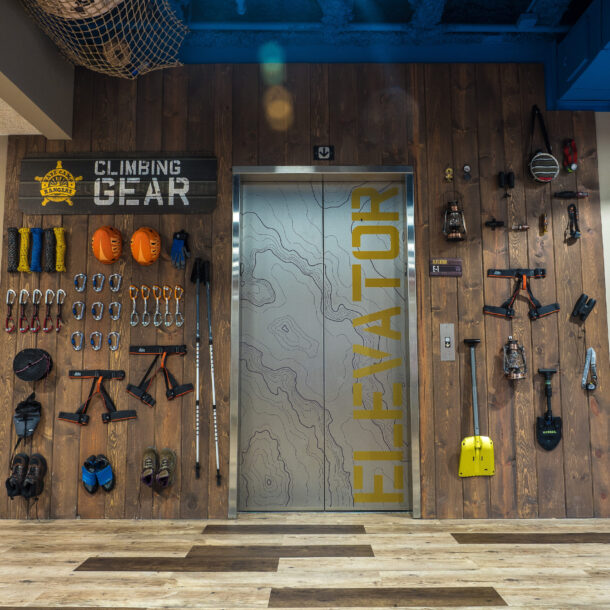
Categories
- Architecture (42)
- Awards (6)
- Behind the Build (9)
- Construction (36)
- Insights (62)
- Projects (15)
About Author
 Visioneering Studios
Visioneering StudiosTags

Have you ever taken a chance on a Yelp recommendation only to walk into the restaurant and be instantly turned away by the condition of their space? Torn carpet, old paint, a little bit too good a view into the kitchen.
No matter how good the food is, they’ve missed the chance at a strong first impression, and the odds of overcoming that are not good.
Now take a moment and look around your building. We’ve become so accustomed to all of the minor flaws in our space that sometimes we even think that those are what make our space special – a sense of uniqueness in a world of bland “big box” buildings. But for the first-time guest – the musty lobby and aged exterior are a roadblock to them not just connecting with but even hearing your mission and vision.
So now you’ve found yourself in the hopeless place of having a building that is actively working against your mission – distracting families from hearing your vision and connecting with your community.
Except…
Things are not as hopeless as they seem. With only a few minor changes, your space can become an asset and an ally in your work. Here’s how:
Sometimes the first step is the easiest. Whether you call it spring cleaning or heart for the home, I’m positive your people would love to spend a few weekends a year cleaning and doing minor fixes. It’s just like when we have company coming over for dinner – we clean, fix up, and make sure we are putting our best foot forward.
Somebody knows somebody. There is always a friend of a friend or even someone in your own community that can take on the bigger jobs. Even in the cleanest spaces, there are projects to be done. The honey-do list that no one on the staff owns. From updating that 1980s paint to fixing that hole in the wall from that last youth event – I’m sure we could all rattle off a list of small tasks that would add up to a massive difference with a small investment and a little bit of time.
At the risk of making too many assumptions, I would guess that a lack of a specific vision for our space is what brought us here in the first place. Think of it this way. Pretend you are a race car driver. You have a mission – to win the race. But your vision for how to win is to have the best team with the best driver and the catchiest slogan with amazing commercials. I’m pretty sure you’ll come in last because you forgot your car. Your space is your race car. You have to care for it, work on it, update it, and when necessary, rebuild it to make sure you have a ride that is going to help you (not hurt you) when it comes to achieving your mission.
Almost every time we have a conversation with a new partner, one of the first things we ask isn’t your budget, how many people you have, or even about your building at all. Instead, we want to hear your vision. To understand your mission. Because it’s only when we know your heart for your ministry that we can help you translate vision into reality in ways you may have never even thought possible.
We would love to share this video with you as an example of that. The team at Central Christian Church was struggling with a problem just like this. Their team was split, their congregation was divided, and right around the corner, their mission was in danger. Listen in at how they all knew something needed to change; they just needed a little help along the way to see how they could align their passion for their ministry with their space for mind-blowing results.
